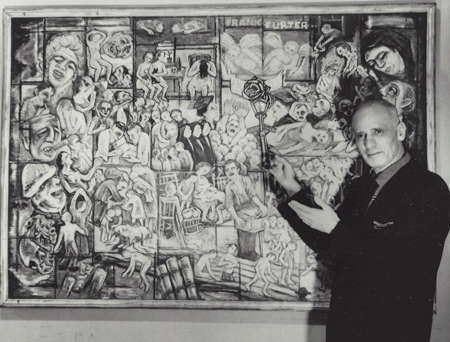
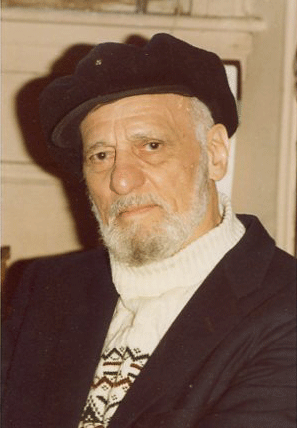
Frank Pack was born in 1899, and died in 1978.
Except for distinguished service during World War II in North Africa and Europe, Frank spent his entire adult life living and working in New York City.
As a young man, he supported himself by working as a clothing cutter, while studying drawing, painting, and photography, at night, at such schools as The Art Students League and The National Academy of Design.
During the 1920s and 1930s, Frank exhibited his paintings at such venues as the New York Civic Club, the Educational Alliance, and at exhibitions sponsored by the “Independents” group of New York artists. Although his work was critically praised and well received, Frank shunned gallery representation, preferring to earn a modest living cutting cloth, so that he could paint free of commercial constraints.
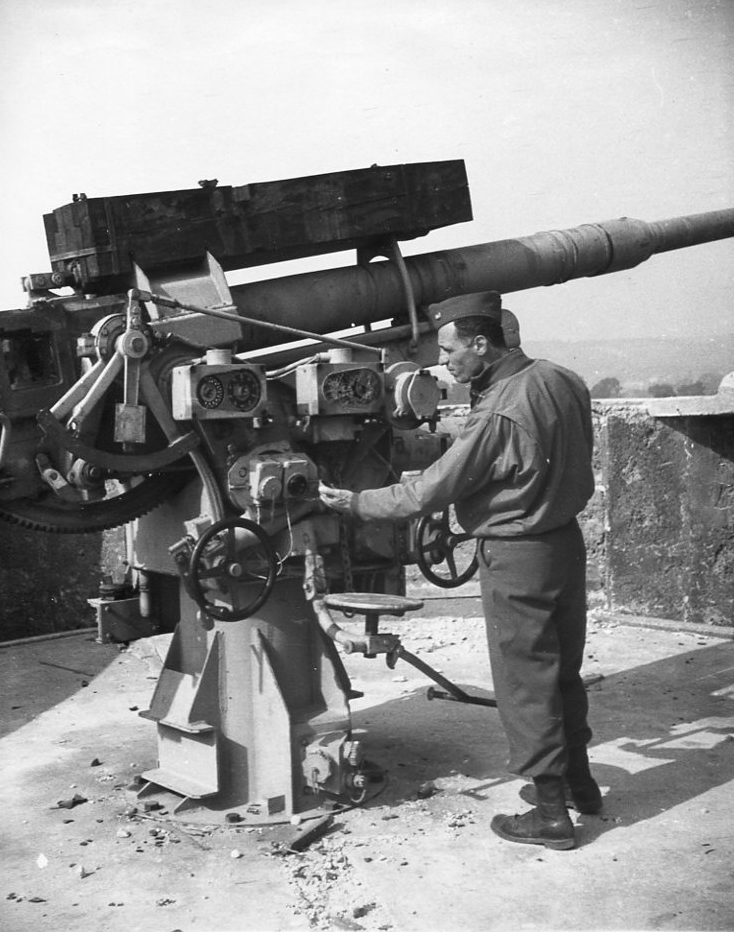 Upon the advent of World War II, Frank, at the age of 42, put his paintings and possessions into storage, and enlisted in the Army, serving with distinction for almost three years in an anti-aircraft artillery unit in North Africa, Central Europe and Germany until the end of the War. He was one of the First Invaders at Normandy on D-day.
Upon the advent of World War II, Frank, at the age of 42, put his paintings and possessions into storage, and enlisted in the Army, serving with distinction for almost three years in an anti-aircraft artillery unit in North Africa, Central Europe and Germany until the end of the War. He was one of the First Invaders at Normandy on D-day.
World War II had a profound influence on Frank's life and work. First, his series of photographs of war’s effect on children toured the United States and won him national recognition. Secondly, as a member of one of the first Allied platoons to liberate the Nazi concentration camps, Frank's mission as an artist was changed forever.
Returning to Brooklyn in 1945, with four combat medals to his credit, Frank turned all of his creative energy toward depicting on canvas what he had witnessed first-hand as a citizen/soldier on the battlefields of Europe: the brutality of war and, particularly, the horrors of the concentration camps.
These paintings were to be his legacy. With a spirit of purpose borne of a soldier’s memories and an artist’s vision, Frank spent the next 25 years of his life committing to canvas the images of war that had etched themselves into his soul. Still steadfastly refusing gallery representation, Frank accepted opportunities to exhibit and discuss his paintings on college campuses throughout the United States, where his 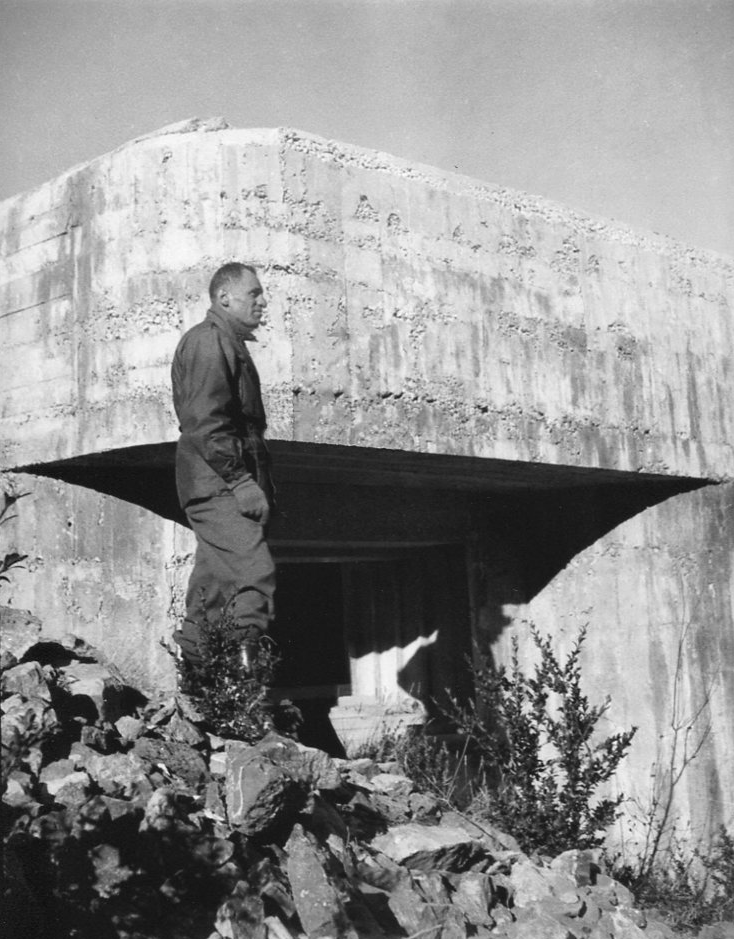 images of war could be viewed by a new generation of young Americans. These exhibitions, at such diverse campuses as the University of Pennsylvania, The City College of New York, the University of Georgia, and Iowa State University, were warmly received and critically praised.
images of war could be viewed by a new generation of young Americans. These exhibitions, at such diverse campuses as the University of Pennsylvania, The City College of New York, the University of Georgia, and Iowa State University, were warmly received and critically praised.
During these years of creative fervor, as a respite from his depictions of war, and perhaps as a response to it, Frank also created on canvas a stunning and unique postwar landscape peopled by outrageous characters engaged in stunningly ordinary acts of daily life. Apparently, Frank, having been a combat soldier for almost three years, could never again view life through the eyes of an ordinary man.
Throughout this period of the 1950s and 1960s, Frank labored to fulfill his self-imposed mission of presenting on canvas his stark vision of war and its aftermath. And then, quite suddenly, in the last years of his life, that self-imposed burden fell away. From Frank’s palette came new and wondrous images of life, renewal, and affirmation. A painter’s mind that had been consumed for so long by images of death and destruction, produced in its final years startlingly beautiful images of life: flowers, birds, springtime, even riotously colorful circus scenes.
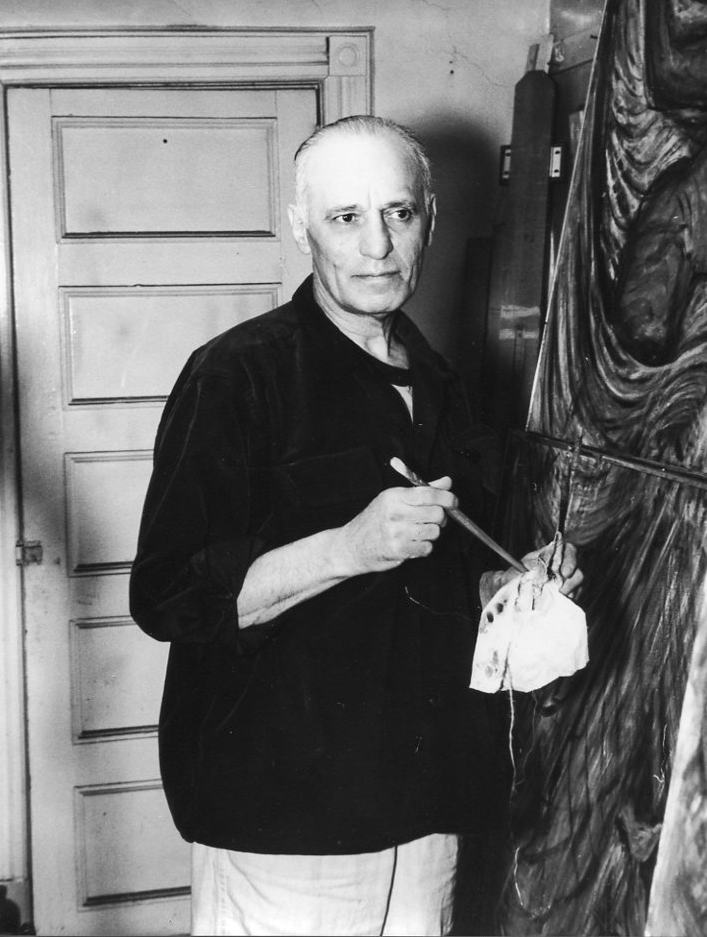 As Frank approached the end of his life, he never stopped painting. When he died in Brooklyn in 1978 at the age of 78, there was an unfinished canvas in his attic studio that he had been working on only a week before his death.
As Frank approached the end of his life, he never stopped painting. When he died in Brooklyn in 1978 at the age of 78, there was an unfinished canvas in his attic studio that he had been working on only a week before his death.
The life and art of Frank Pack frame two issues of vital importance to America today:
- The role of the artist as an eyewitness to war and human suffering; and
- The artistic contribution of those known as “the Greatest Generation”, as that generation of Americans fades into the twilight.
Frank Pack left a legacy of several hundred paintings. But perhaps his greatest legacy is as an artist who, without regard to fame or fortune, quietly and stubbornly pursued his own unique creative vision toward interpreting the most tumultuous years of the American Century.
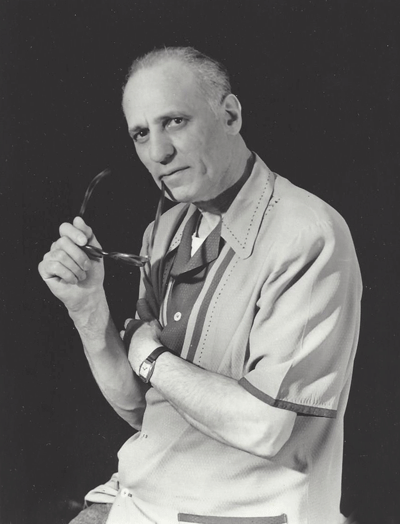
And perhaps now is the time for this unique American artist to find his place in history.
